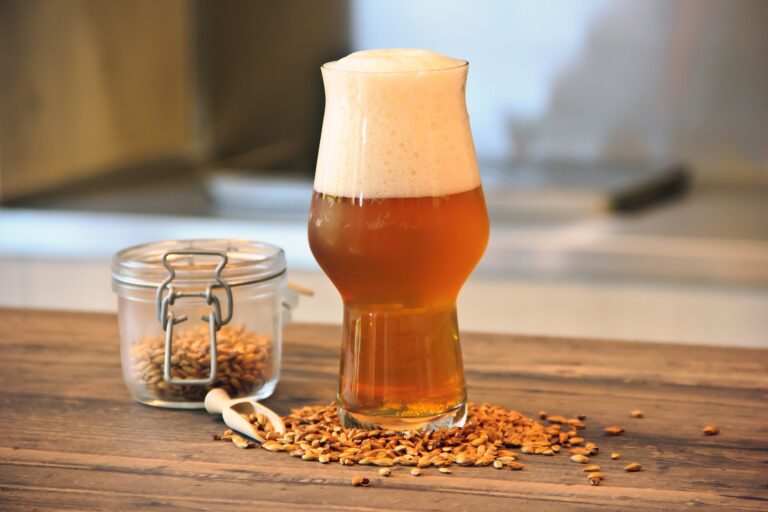What Makes a Belgian Beer a Belgian Beer?

What Are Belgian Beers Like?
With a few exceptions, Belgian beers tend to have two major common traits. Belgian beers tend to be higher in alcohol than most beers from other countries, and Belgian beers tend to get a lot of their character from the yeast that is used to ferment them. When drinking a Belgian beer, you’ll often notice fruity or spicy notes in the beer’s aroma and flavor. Often, these aren’t coming from the addition of fruits and spices, but from the yeast the brewers used to ferment the beer. Also, pace yourself with these beers! Many Belgian beers are 7% alcohol and some are over 10%, making their strength near that of wine, not the light lagers many are used to drinking.
These two big shared characteristics are why Belgian beers are in a category of their own, and why they tend to be easy to recognize even in a place like Asheville, NC.
Why Are Belgian Beers Higher in Alcohol?
Alcohol in beer is produced during fermentation. Fermentation is the part of the brewing process where brewers add yeast to their brewer’s wort.
Brewer’s wort is the sweet, sometimes also hoppy/bitter liquid that the brewers cooked up in the brewhouse. They steeped malted barley in hot water (and sometimes other grains like wheat, oats, corn, rice or rye) to gain access to fermentable sugars trapped inside the grain. They added some hops to it and then cooled it down, making a nice sugary meal for yeast.
Those sugars from the barley are consumed by yeast during fermentation, and alcohol and carbon dioxide are produced. The more sugar the yeast have to eat, the more alcohol in the finished beer. To learn more about why some beers are stronger than others, check out this post on alcohol strength in beer.
To boost the alcohol level in Belgian beers, brewers will often add extra sugar, beyond what they extracted from the barley. They will sometimes use sugars derived from beets, and often will use straight white table sugar. These nice simple sugars get gobbled up by the brewer’s yeast and even more alcohol ends up in the finished beer.
In the old days in Belgium, this process of adding extra sugar also helped brewers escape taxation. Historically, brewers in Belgium were taxed based on the size of their mash tun, the tank where the barley and hot water are mixed. The larger the mash tun, the more tax they needed to pay.
By boosting alcohol levels with sugar instead of barley, brewers could create strong beers without the need for a bigger mash tun or the associated higher tax.
What Is Special About Belgian Yeast?
So, we’ve created a very sugary wort for our yeast, but we need just the right yeast to do the job. Belgian yeast strains are special in that they tend to have a high tolerance for alcohol and they produce a lot of flavor compounds during the fermentation process. Belgian yeast strains are of the ale species, meaning they prefer warmer temperatures and ferment more quickly than lager yeast. Check out this post to learn the difference between ales and lagers.
Their tolerance for alcohol is important, as they will be producing a lot of it. Other yeast strains could create enough alcohol that they would die, leaving the beer unfinished. Belgian strains can often handle 10% alcohol solutions and some even higher.
But, the flavor compounds produced by these yeast are truly special. During fermentation Belgian yeast strains are known for producing fruity compounds called esters and spicy compounds called phenols while they work on gobbling up those sugars and creating alcohol. These esters and phenols stick around in the finished beer and tend to remind the drinker of things like pears, bananas, figs, cherries, cloves and pepper. This yeast character is what makes Belgian beers really stand out when compared to beers from other regions!
Try Some Belgian Beer On An Asheville Brewery Tour
Many breweries in Asheville produce Belgian-style beers, and we’d love to share some with you! Join us on an Asheville Brewery Tour and experience Belgian beers, as well as styles from many other regions.

